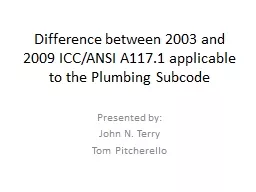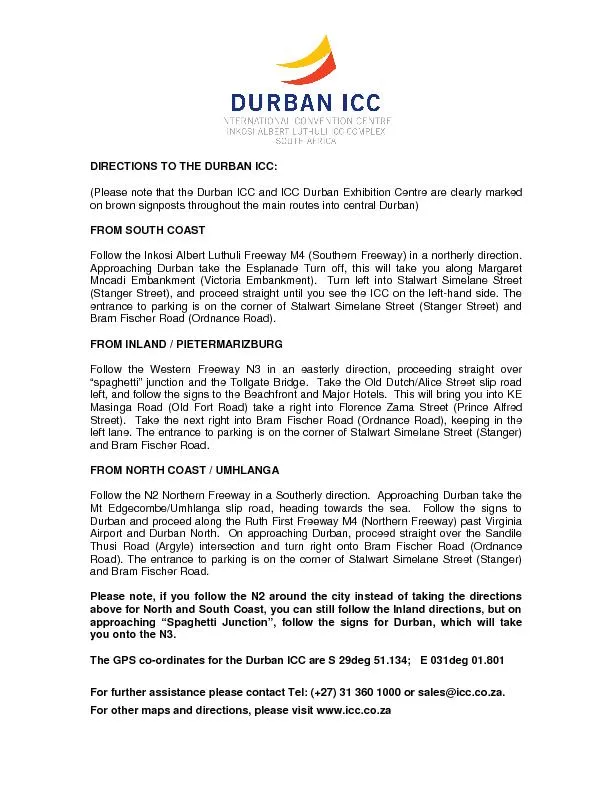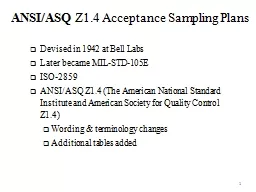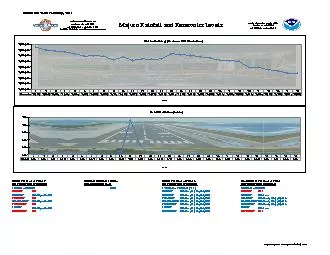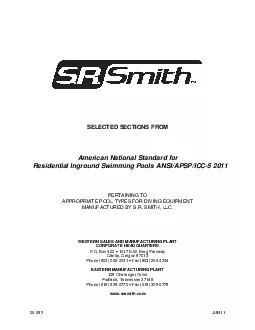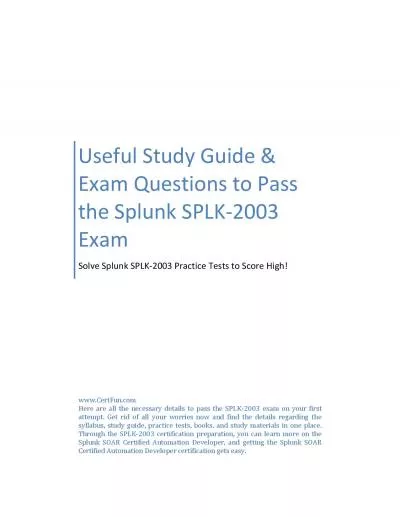PPT-Difference between 2003 and 2009 ICC/ANSI A117.1 applicable
Author : mitsue-stanley | Published Date : 2016-04-20
Presented by John N Terry Tom Pitcherello Important dates Adoption of the 2015 ICodes and 2014 NEC appeared in the NJ Register on September 21 2015 This includes
Presentation Embed Code
Download Presentation
Download Presentation The PPT/PDF document "Difference between 2003 and 2009 ICC/ANS..." is the property of its rightful owner. Permission is granted to download and print the materials on this website for personal, non-commercial use only, and to display it on your personal computer provided you do not modify the materials and that you retain all copyright notices contained in the materials. By downloading content from our website, you accept the terms of this agreement.
Difference between 2003 and 2009 ICC/ANSI A117.1 applicable: Transcript
Download Rules Of Document
"Difference between 2003 and 2009 ICC/ANSI A117.1 applicable"The content belongs to its owner. You may download and print it for personal use, without modification, and keep all copyright notices. By downloading, you agree to these terms.
Related Documents

